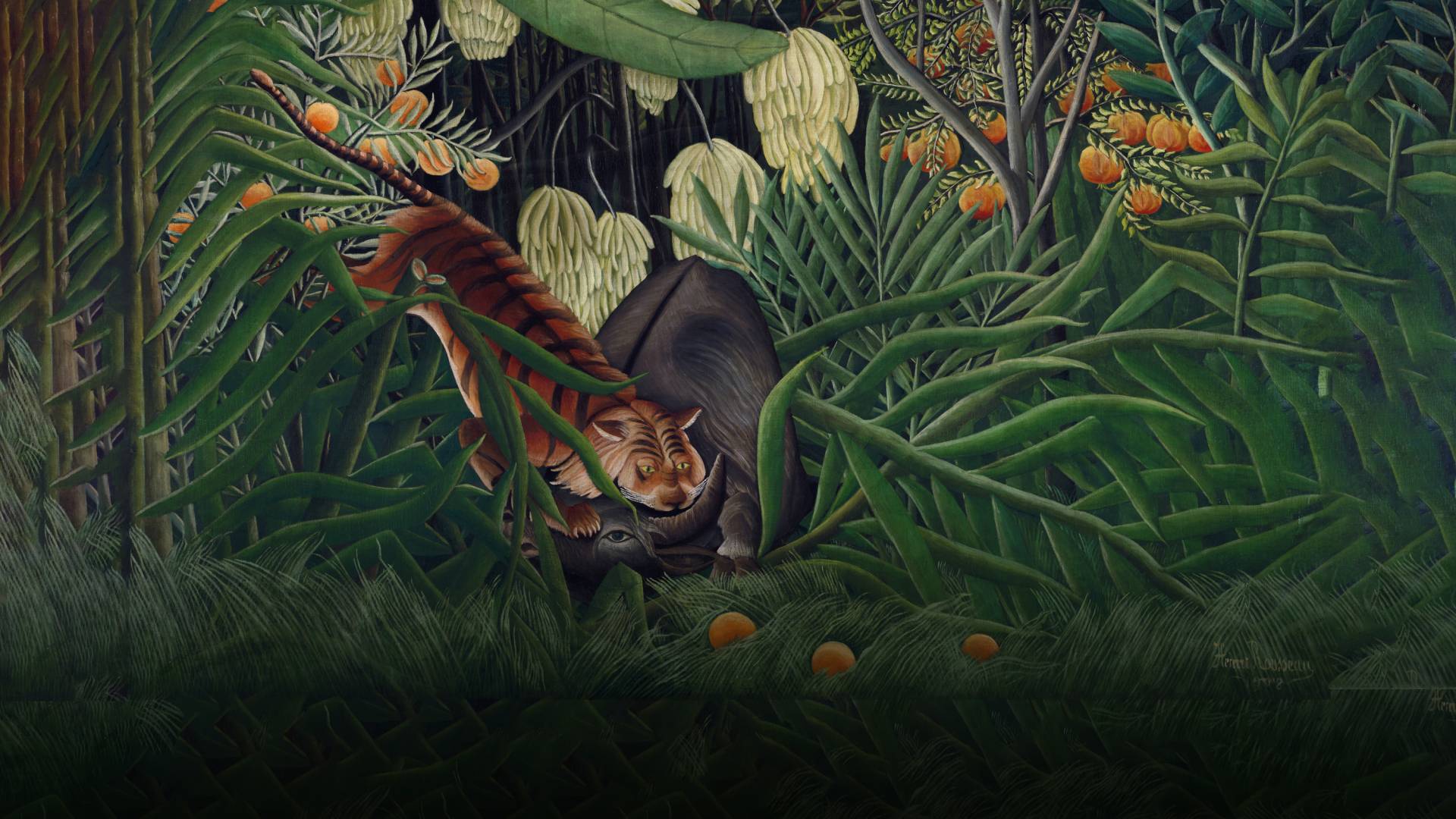Painting by Henri Rousseau, "Fight between a Tiger and a Buffalo" (1908). Original from The Cleveland Museum of Art.
Princeton’s vital research across the spectrum of environmental issues is today and will continue to be pivotal to solving some of humanity’s toughest problems. Our impact is built on a long, deep, broad legacy of personal commitment, intellectual leadership, perseverance and innovation. This article is part of a series to present the sweep of Princeton’s environmental excellence over the past half-century.
Captivated by birds at a young age, David Wilcove was in grade school when he became aware of the precipitous decline in the population of birds such as peregrine falcons and bald eagles, both victims of pesticide contamination.
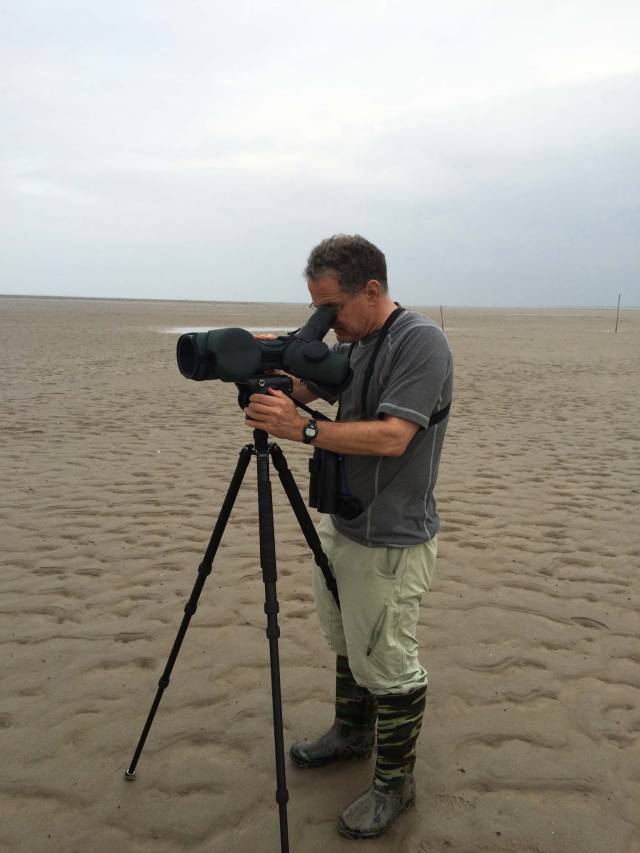
David Wilcove
“That triggered within me a desire to do what I could to protect wildlife populations and the natural ecosystems in which they live,” Wilcove, professor of ecology and evolutionary biology and public affairs and the Princeton Environmental Institute, recalled.
Wilcove joined the Princeton faculty in 2001, becoming part of a remarkable legacy of scholars who, particularly during the past half-century, have been at the forefront of understanding and preserving ecosystems and biodiversity. Unfortunately, the challenge of protecting Earth’s natural systems is now more urgent than ever.
While laws protecting birds and banning certain pesticides ultimately allowed the iconic birds of Wilcove’s youth to recover, the world is now undergoing the largest mass extinction to occur since the end of the dinosaurs. This accelerated loss of plant and animal species — known as the sixth mass extinction — is driven by human activity. At least 25% of the world’s mammals and 12% of birds are threatened with extinction, Wilcove said.
“Around the world, we're seeing natural ecosystems being destroyed or developed in ways that diminish their ability to sustain life and to provide important services for humanity,” said Wilcove, whose research focuses on habitat restoration, the wildlife trade, and the effect of climate change and human activity on species.
“We need healthy ecosystems for us to maintain a healthy life,” he said. “We can’t exist in a world that consists solely of cornfields and cities.”
Fortunately, we have more conceptual and technological tools than ever to get this right. From mathematical models and gene sequencing, to climate models and satellites, the study of biodiversity has expanded during the past 50 years to consider and capture the structure and interconnectedness of living systems.
Many of the tools and theories scientists use in the lab and field today have their roots at Princeton. Princeton scientists continue to lead the way in applying new techniques to the study of natural systems, modeling the dynamics that govern all systems, and studying how species behave and respond to their environment in ways that can be used for conservation.
“The University has a long and important tradition of scientific research that helps us understand how best to deploy our resources to save as much life on Earth as possible,” Wilcove said.
The ‘heroic age’ of ecology

Simon Levin
In 1965, the University hired biologist Robert MacArthur, whose work was among the first to explore how interactions and competition among species support coexistence and ecosystems. His work — particularly his seminal 1967 book “The Theory of Island Biogeography” written with Harvard University biologist E.O. Wilson — precipitated a shift in ecology from being based largely on observations and anecdotes to being driven by theory and experimentation.
The ingenuity of MacArthur’s work was that it attempted to develop unifying principles that reached across systems, said Simon Levin, the James S. McDonnell Distinguished University Professor in Ecology and Evolutionary Biology, who also heads the Center for BioComplexity based in the Princeton Environmental Institute (PEI). Instead of focusing on a particular system, the theory of island biogeography proposed a conceptual basis for thinking about the structure of all ecological systems.
“This helped in developing the field of ecology from its historical roots in natural history to a much more rigorous quantitative science. Princeton in those years was a forerunner in that,” said Levin, who came to Princeton in 1992 and was the founding director of PEI when it was established in 1994.
“Princeton became the unquestioned leader in theoretical ecology, namely developing conceptual and mathematical frameworks that helped to develop a general theory of ecological systems,” Levin said. “Princeton has a long history of combining theoretical and empirical approaches to ecological systems, and probably has the richest history that continues today in quantitative ecology, or mathematical ecology.”
The era following MacArthur’s arrival is known in the field as the “heroic age of theoretical ecology,” said Stephen Pacala, the Frederick D. Petrie Professor in Ecology and Evolutionary Biology and past director of PEI.
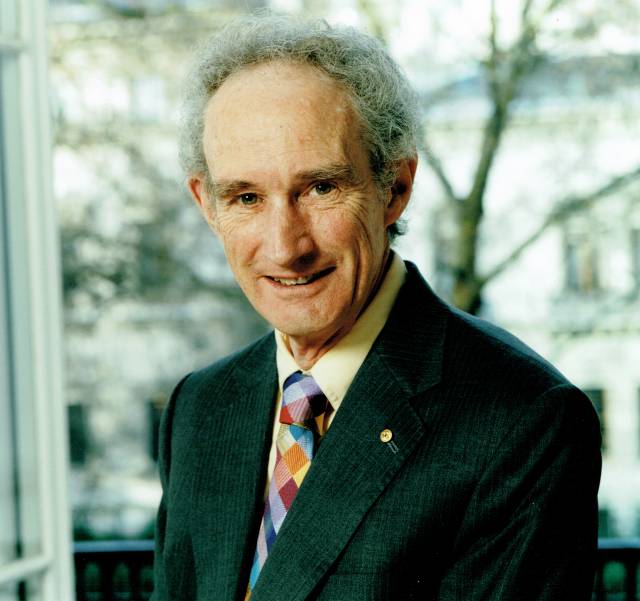
Robert May, decd. 2020
“This was the place where the modern theory of biodiversity was built,” Pacala said. “Biodiversity is a measure of the distribution and abundance of species. And so it needs a mathematical theory instead of mathematical equations that predict the level of biodiversity in any one place. Most of that initial progress happened here.”
Scientists such as MacArthur were joined by the late Robert May, who focused on the relationship between the stability of ecosystems and diversity of species, and tropical ecologist (and Wilcove’s graduate adviser) John Terborgh, who pioneered studies of how to design nature reserves to best protect rare species.
“These people were among the first to develop these important principles, and they, and then the generation of scientists afterward, carried them forward with significant benefits to the protection of biodiversity,” Wilcove said.
Capturing the complexity of nature
Theoretical ecologist Corina Tarnita, an associate professor of ecology and evolutionary biology, is known for her work on understanding how the emergent patterns of dynamical systems are governed by simple rules. For instance, she made headlines with a 2017 study she led that linked Africa’s mysterious “fairy circles” to local interactions among neighboring plants and insects.
Before joining the Princeton faculty in 2013, Tarnita had begun her career as a mathematician who knew very little about ecology, she said. “It wasn’t that one day I decided to go in the direction of complex systems,” Tarnita said.
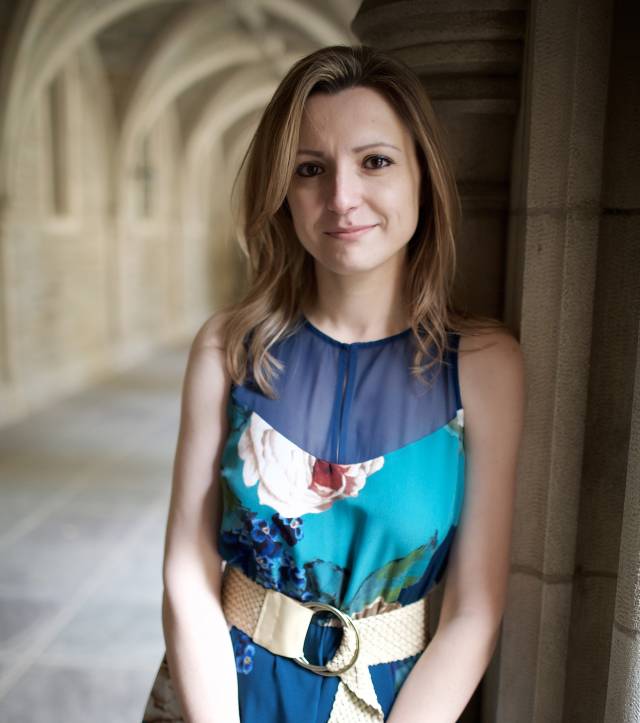
Corina Tarnita
“That was just the nature of the various questions I was interested in, many of which were shaped by interactions with colleagues at Princeton,” she said. “In fact, it wasn’t until I moved to Princeton that I realized how much getting an ecological context would change my approach to the questions I was asking.”
She became interested in natural systems after attending conferences and talking to ecologists such as Levin and Robert Pringle, an associate professor of ecology and evolutionary biology who now frequently collaborates with Tarnita on research combining theory and experimentation, including the fairy circles study.
“Combining theoretical and empirical work is a major goal in our field, but building a successful dialog between the two remains hard to do,” Tarnita said. “Not at Princeton though, where a vigorous dialog has been ongoing since MacArthur. Here everyone is used to thinking conceptually and theoretically and is therefore primed for such collaborations.”
Scientists such as Tarnita, Levin and their colleagues integrate empirical studies and modeling to study how the interactions between organisms shape large-scale processes. “For me, that’s maybe the unifying feature of all the things we do. These are questions that have been at the core of some aspects of conservation biology for a long time,” Levin said. “They’re basically operations research problems.”
Understanding biocomplexity entails studying not only environmental systems, but also the human social systems that sustain them, Levin said. Like many scientific disciplines, the study of biodiversity is quickly developing a social sciences element as scientists try to understand what motivates people to take the action needed to save Earth’s ecosystems.
Research on biocomplexity provides insight into group behavioral dynamics that can inform methods for “convincing society that biodiversity is important and devising schemes that incentivize people and societies to preserve biodiversity,” Levin said.
“Attitudes toward biodiversity have a lot in common with attitudes toward climate change — you’re not going to see the politicians do anything until they perceive the public perception has changed,” he said.
“For a lot of the work now, it’s hard to know where the boundaries are between basic biological questions and the social sciences,” Levin said. “These are great challenges for theoretical ecology.”
‘We’re all biodiversity scientists now’
In past decades, as the study of biology became more specialized, the field split into numerous subdisciplines, Pringle said. But new technology is gradually bringing researchers back together as unifying theories are used to make sense of — and can be tested against — ecological field data of ever-increasing precision, down to the scale of microbes and molecules.
“I think the 21st century will be about the reintegration of biology as a unified discipline,” Pringle said. “You can still draw disciplinary divisions in biology, but they feel increasingly artificial. We’re all biodiversity scientists now.”
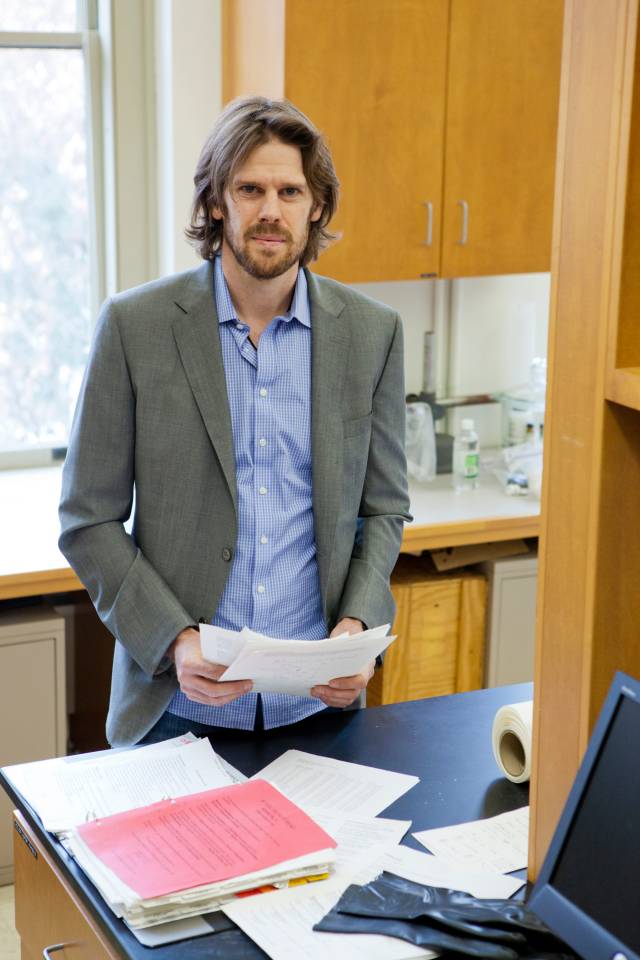
Robert Pringle
Pringle uses experimentation and observation — primarily in Africa — to study how conservation, predation, and cooperation and competition among animals support biodiversity and ecosystem health.
Pivotal to his work has been the availability of the Mpala Research Centre, a multidisciplinary and multi-institutional field laboratory that sits on a 50,000-acre reserve and ranch in central Kenya. For faculty, students and postdoctoral researchers, Mpala — of which Princeton is the managing partner — provides an expansive natural terrain ideal for large-scale field experiments in ecology, biology, geology and other fields.
Pringle’s lab has pioneered the use of a technique known as DNA metabarcoding to identify the diversity of foods eaten by animals ranging from lizards to elephants — and even people — by sequencing the genetic material in fecal samples. His work has helped reveal that species coexist through intricate specializations of diet and their relationships with predators and competitors. His lab has also analyzed the associations between animals’ diets and their intestinal microbiomes at Mpala, something that until recently was possible only in laboratory animals.
“Imagine the state of biology before the microscope was invented and then after it was.
It’s the same thing now with food webs and ecological networks of species interactions, from African savannas to the human gut,” Pringle said. “These conceptual wheels that have been turning for decades in ecology, and especially at Princeton, from MacArthur to May and Simon [Levin] and others, are finally able to be connected to empirical data in a way that’s never been possible before.”
“We can now collect and analyze biodiversity data at a scale and speed that was impossible even a decade ago,” said Mary Caswell Stoddard, an assistant professor of ecology and evolutionary biology.
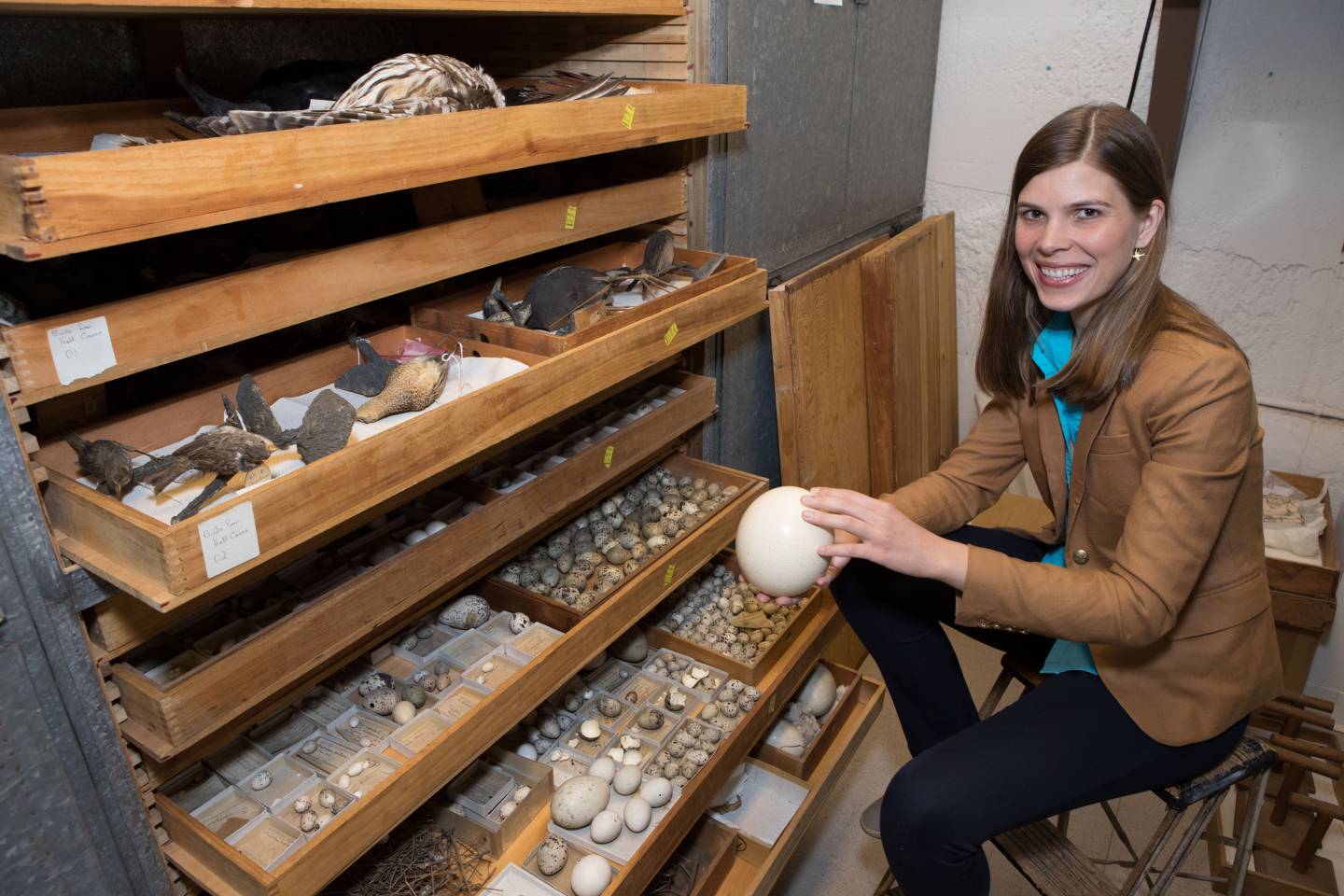
Mary Caswell Stoddard
Stoddard has undertaken projects that employ time-lapse photography and machine learning algorithms to study the effect of climate change on the sensory landscape — the crucial environmental cues such as flower color that animals rely on to time feeding and mating. Her project was recently supported by the PEI Grand Challenges program, which is one of the programs on campus that support faculty-led research into environmental topics such as biodiversity.
“I’m excited to see a new wave of biodiversity and conservation research that intersects with sensory ecology. To protect and preserve animals, we have to try to understand how they actually perceive their environments,” Stoddard said.
“Princeton is an ideal place to investigate these questions because right here on campus we have a dynamic mix of conservation biologists, policy experts and those doing basic research on animal behavior and organismal biology,” she said.
The origins of biodiversity and restoring what’s lost
New technologies and theoretical models also are being used to plumb the dynamics of microbial communities, which Tarnita sees as a painstaking, yet crucial, future direction for the study of biodiversity. Microbes, she said, are not only fundamental to our understanding of the world right now, but they also can provide insight into the evolutionary origins of biodiversity, such as the origin of diverse multicellular forms.
“New tools give you more depth,” she said. “I feel like I’m often asking questions similar to what people have been asking for decades, especially at Princeton. There are absolutely fundamental questions in biology and we keep asking them because every couple of decades you get new perspectives, new methods and new techniques to look at them. We keep learning from the same questions and building on previous work.”
Understanding the most basic elements of how healthy ecosystems function — from microbes to predator-herbivore interactions — will not only help protect threatened species and habitats, but also allow us to rebuild the many natural systems that have been lost or diminished.
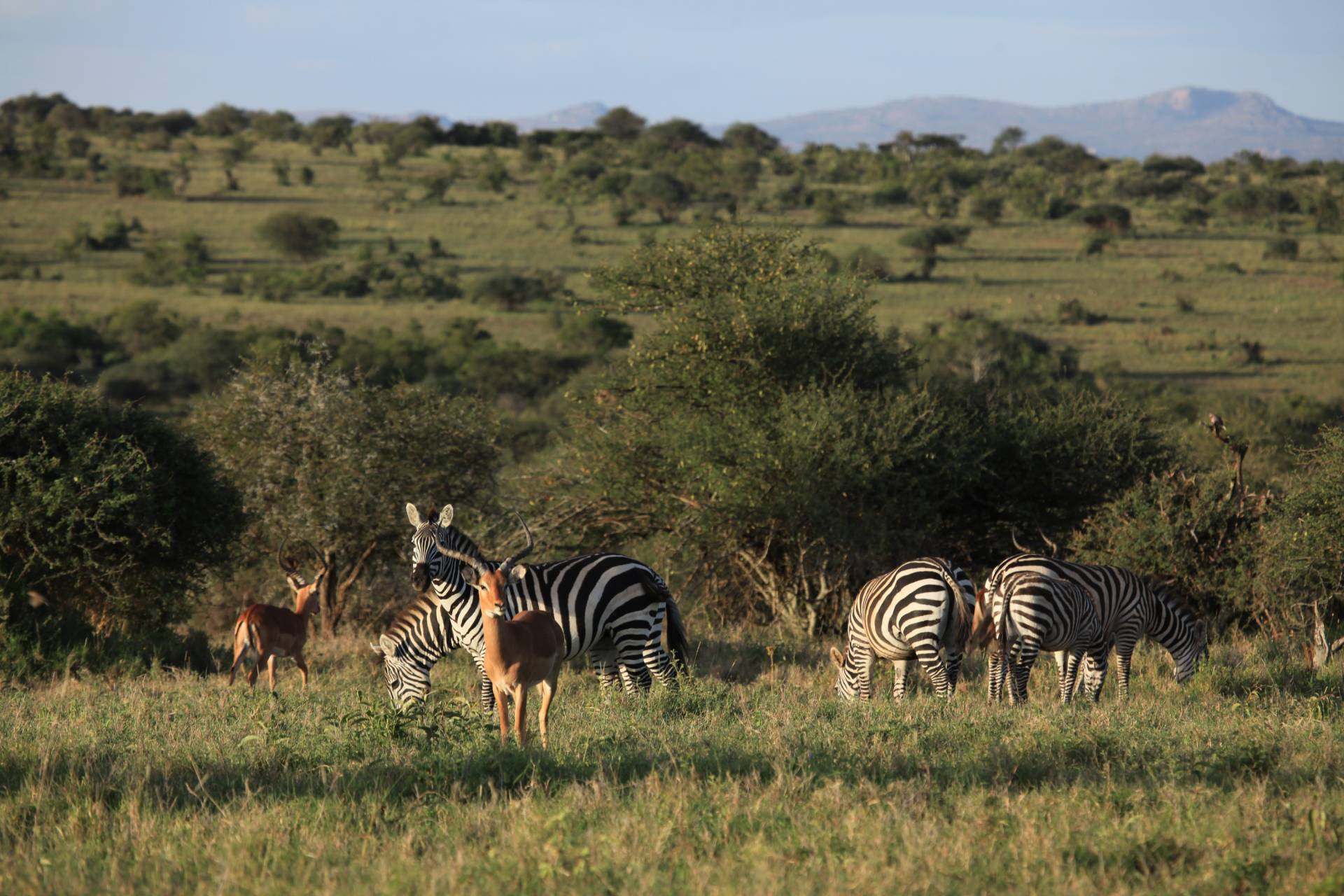
Zebra (Equus quagga) and impala (Aepyceros melampus) forage together in a mixed group at the Mpala Research Center in Kenya.
For the past several years, Pringle has based his research in Mozambique’s Gorongosa National Park, where the population of large mammals was reduced by 90% during the country’s 15-year civil war. Thanks to an innovative government-initiated conservation partnership, the park’s ecosystem has rebounded dramatically in the past decade and, for graduate and undergraduate students in Pringle’s research group, serves as a living lab for studying how ecosystems rejuvenate and self-assemble.
“There’s no such thing as a pristine environment anymore. Every ecosystem on the planet is touched [by humans], from the Marianas Trench to the top of Mount Everest and everything in between,” Pringle said.
“It’s not all lost, necessarily. There’s actually great potential to have rich and biodiverse environments on the planet, but that’s going to take rebuilding some places that have been really severely damaged,” he said. “That entails understanding these networks of species interactions. By understanding them better, we can have a better sense of how to fix them when they break.”
